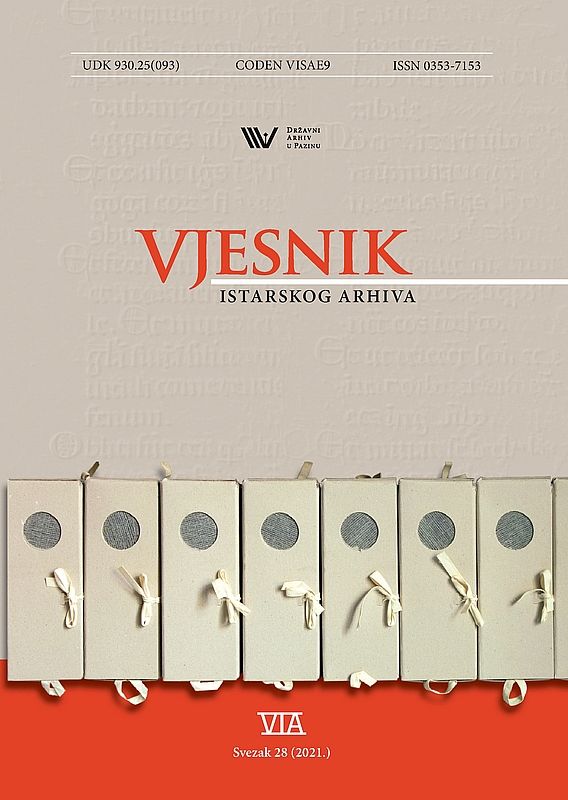An Article on the Multilingualism of the Socialists in Late Habsburg Rijeka: Remarks on Samuel Mayländer
DOI:
https://doi.org/10.31726/via.28.8Keywords:
Fiume/Rijeka, Samuele Mayländer, Mayländer family, Socialists’ Biographies, multilingualismAbstract
The article provides data on Samuele Mayländer (1866–1925), socialist leader in late Habsburg Fiume/Rijeka, and his family. The Mayländer family were Jews from southwestern Hungary who had settled in Rijeka at the end of the nineteenth century. Following their move, the Mayländers successfully integrated and assimilated into the bourgeois society of Fiume/Rijeka and the northern Adriatic, some marrying members of bourgeois families and converting to Roman Catholicism, others having successful professional careers. The lack of primary sources makes it difficult to delineate language use among members of the family. However, through quoted obituaries in Rijeka’s newspapers, data of the local gymnasium, and marriages, it can be concluded that the family was multilingual. Research on Samuele Mayländer’s biography in particular is problematic since, again, there are no primary sources to understand his national, religious, or political preferences. However, it is clear that Samuele was a dedicated socialist. Later in life, he was the first president of Fiume/Rijeka’s communist party, but also someone under the influence of Fiume/ Rijeka’s dominant Italian cultural paradigm. His medical studies in Vienna, his public engagement and political activities, display Mayländer’s sympathies, but also his Hungarian Jewish family background, his multilingualism. Finally, the article follows the biographic data of Paolo Kirchenknopf, a metal worker from Hungary who, at the beginning of the twentieth century, emigrated to Pula, and with his family later moved to Fiume/Rijeka. In Fiume/Rijeka, Kirchenknopf is marked as a socialist – more precisely as a communist activist – and is remembered as such in local historiography. The biography of Kirchenknopf is useful in that it allows one to gain knowledge about figures from working-class backgrounds and their linguistic practices. Based on various, scattered sources – from records of birth in Pula and Kirchenknopf’s migrations – it can be estimated that this family used more than one language. In conclusion, the article points out how, aside from the question of multilingualism, social and economic difficulties have to be taken into account in the social and cultural histories of the northern Adriatic in the late Habsburg period – difficulties that remain in the background by idealizing the multilinguistic Habsburg world.
Downloads
Published
Issue
Section
License

This work is licensed under a Creative Commons Attribution-NonCommercial 4.0 International License.

